These days, with innovation playing such a big part in our lives, LED lighting stands out for its energy efficiency, long lifespan, and versatility. Whether it’s in homes or commercial spaces, this groundbreaking technology has transformed the way we illuminate our world.
Whether you’re a tech enthusiast, an eco-conscious consumer, or simply curious about the evolution of lighting, this blog will illuminate why LEDs have become the shining star of the illumination landscape. If you are thinking of upgrading to LEDs, read along with us!
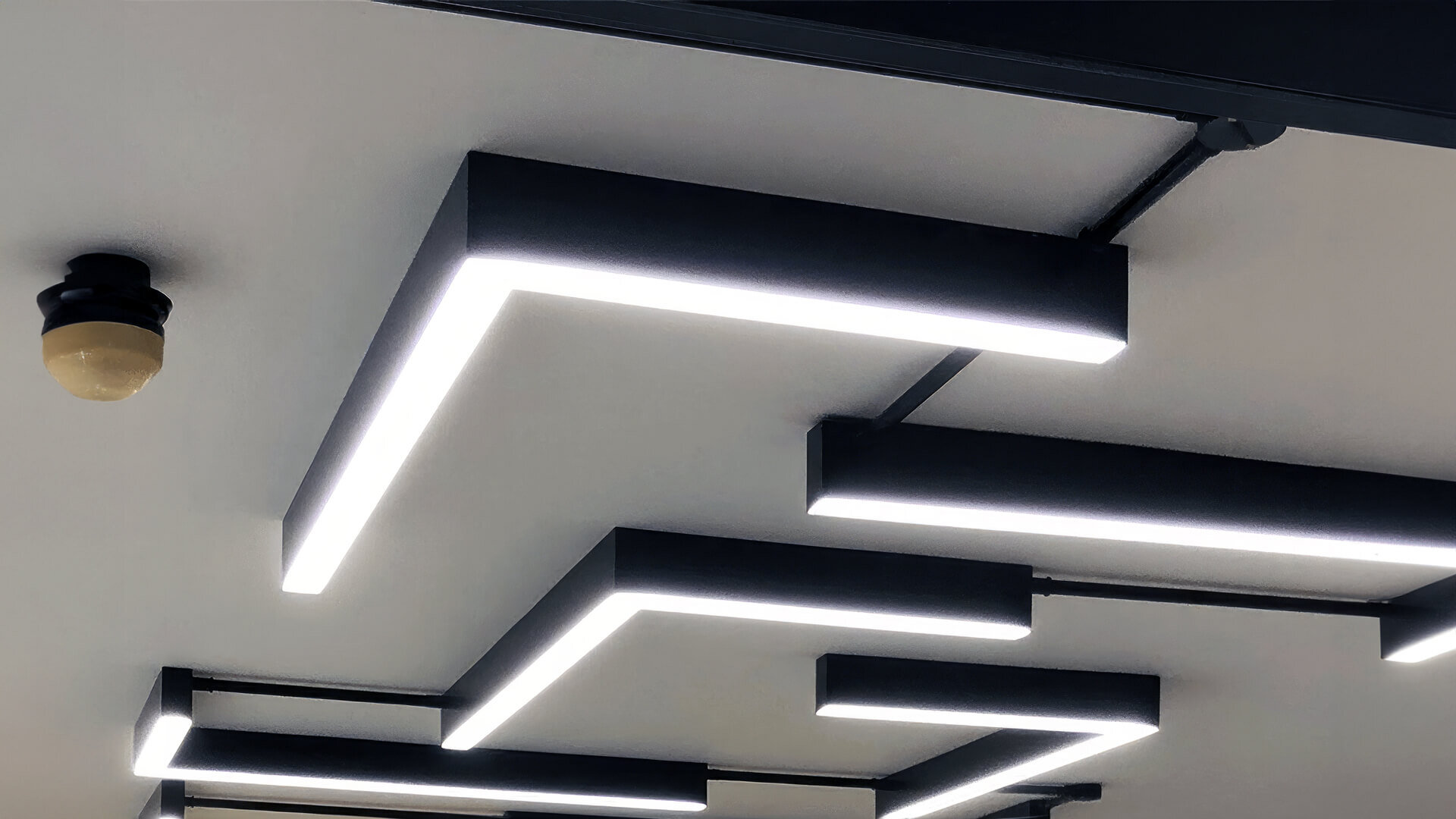
How LED Lighting Works
LED lighting, also known as light-emitting diode lighting, has revolutionised the lighting industry in recent years. Unlike traditional incandescent lighting and CFL bulbs, which rely on heating a wire filament to produce light, LED lights utilise a completely different approach.
LEDs bring significant benefits, not just in saving energy but also in cutting costs dramatically. This innovative lighting technology presents numerous other advantages as well.
At the heart of LED lighting technology are tiny semiconductor chips known as light-emitting diodes. When an electrical current passes through these diodes, they emit light. Unlike incandescent light bulbs that generate light displays by heating a wire filament until it glows, LEDs emit light through electroluminescence, where electrons release energy as photons.
This fundamental operation difference makes LEDs stand out as an energy-efficient lighting solution.
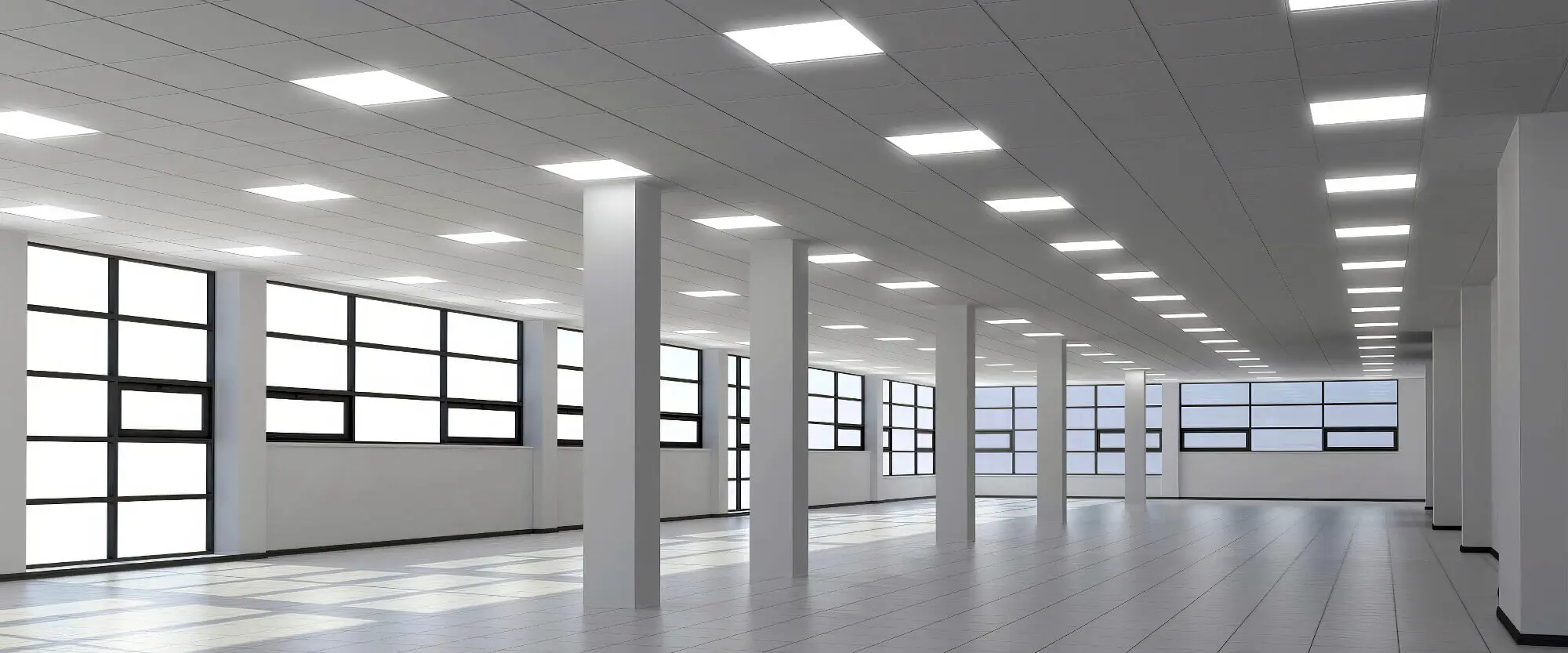
Top Advantages of LED Lights
LED lights are renowned for their exceptional energy efficiency. Unlike incandescent bulbs that waste significant energy as heat, LEDs convert more energy into visible light. This efficiency translates to substantial energy savings and reduced electricity bills.
LED lights boast an impressive lifespan compared to traditional typical incandescent bulb. On average, an LED bulb can last tens of thousands of hours, outlasting incandescent and fluorescent lighting alternatives. This longevity reduces the frequency of replacements and maintenance.
When switched on, LED lights provide instant illumination. Unlike incandescent bulbs, which require a warm-up period, LEDs reach full brightness immediately.
This characteristic is precious for applications requiring quick and reliable lighting, such as security lights and motion sensors.
LED lights are solid-state lighting sources, making them more robust and resistant to shock, vibrations, and impact. They are well-suited for outdoor and rugged environments, ensuring consistent performance even in challenging conditions.
One of the standout features of LED lights is their environmental friendliness. By consuming less energy and emitting minimal heat, they help reduce greenhouse gas emissions and ease the pressure on energy resources. Plus, unlike fluorescent lights, LEDs are free from hazardous substances like mercury, offering an eco-conscious choice.
LED lights offer a wide range of design possibilities because they can produce various colours and colour temperatures. They can create dynamic lighting effects, enhance architectural features, and set specific moods in different spaces.
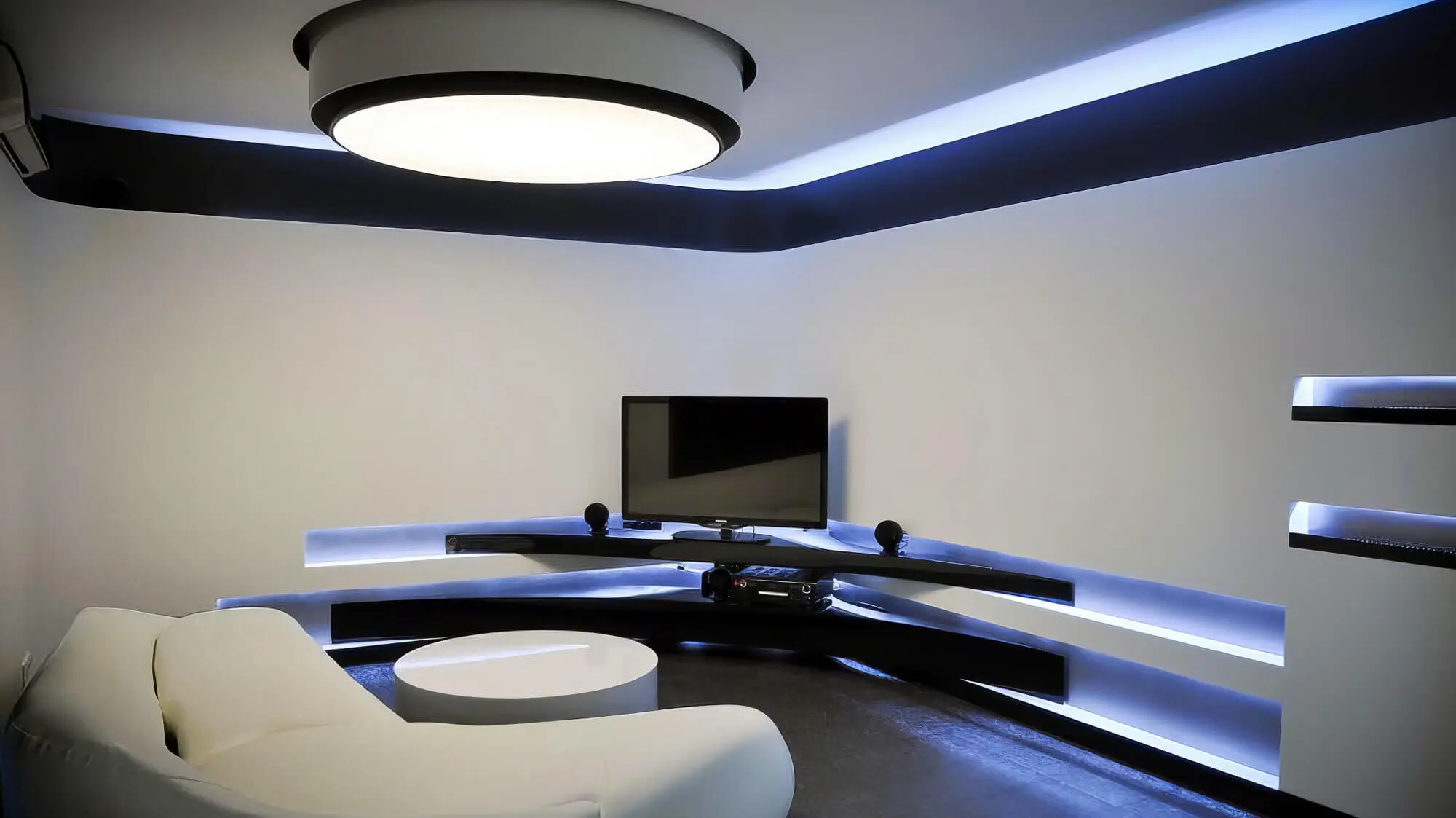
LEDs emit light in a specific direction, reducing the need for reflectors and diffusers. This feature produces more efficient light distribution and minimises light wastage, making them ideal for focused lighting applications. Unlike incandescent bulbs, LED lights emit very little heat, which releases significant heat energy. This characteristic makes LEDs safer to touch and less likely to contribute to overheating in confined spaces. Many LED lights are dimmable, allowing users to adjust the brightness according to their needs. This feature offers flexibility and contributes to further energy savings when the full intensity of light is not required.
LED vs. CFL: A Comparison
When choosing the right lighting technologies for your needs, LED (light emitting diode) and CFL (compact fluorescent light) bulbs are two popular options that stand out in the lighting industry. LED lighting is known for its exceptional energy efficiency. LED bulbs convert a higher percentage of energy into visible light, minimising wastage and significantly saving energy. On the other hand, CFL bulbs are more efficient than traditional lighting incandescent bulbs, but they still consume more energy compared to L.E.D.s.
LED bulbs have a longer lifespan than CFL bulbs. LEDs can last tens of thousands of hours, whereas CFLs have a shorter lifespan. This means fewer replacements and reduced maintenance costs over time with LED lighting. LED lights offer instant illumination upon being switched on. There’s no warm-up period, and they reach full brightness immediately. While quicker than incandescent bulbs, CFL bulbs still take a short moment to reach their full illumination.
LED lights are considered more environmentally friendly due to their lower energy consumption, longer lifespan, and absence of hazardous materials like mercury. CFL bulbs contain a small amount of mercury, which requires proper disposal and can pose environmental risks if improperly handled. LED lights emit very little heat, making them safer to touch and reducing the need for additional cooling measures. CFL bulbs release more heat, which might impact comfort and energy use in confined spaces.
LED lights start instantly, providing immediate illumination. CFL bulbs may take a short moment to reach their full brightness, which could be considered in specific applications.
LED lights offer a broader range of colour temperatures and better colour rendering than CFLs. This means you have more options to achieve the desired ambience and lighting quality. Light bulbs are compact and come in various sizes and shapes, making them suitable for diverse lighting solutions. CFL bulbs are larger and may be less versatile in certain fixtures.
Choosing the Right LED Lights
Choosing the right LED lighting is an important decision that can greatly affect how your space feels, your energy bills, and overall efficiency. Given all the benefits of LED technology, knowing what to consider can ensure you make the best choice for your needs.
1. Energy Efficiency and Savings
LED lights are renowned for their energy efficiency, helping you save on electricity costs. Evaluate the wattage and lumens to ensure the LED light provides the desired brightness while consuming less power than a traditional incandescent bulb.
2. Colour Temperature
LED lights offer a range of colour temperatures, influencing the ambience and mood of a room. Warmer temperatures (lower Kelvin) emit a cosy glow, while cooler temperatures (higher Kelvin) provide a crisp, daylight-like illumination. Choose the colour temperature that aligns with your space’s purpose.
3. Lumens and Brightness
Lumens indicate the brightness of a light. Consider the lumens required for each area, factoring in room size and the tasks performed. LED lights offer various lumen options, enabling you to customise the illumination level.
4. Dimmability
Check if the LED lights are dimmable, as this feature enhances lighting control and energy efficiency. Ensure the light bulbs are compatible with your existing dimmer switches, or consider installing LED-specific dimmers.
5. Compatibility with Fixtures
LED lights come in various shapes and sizes. Ensure the chosen light bulbs fit comfortably within your lighting fixtures, including recessed downlights, pendant lights, and lamps.
6. Longevity and Lifespan
LED lights have a longer lifespan compared to traditional bulbs. Look for the estimated lifespan in hours, which can help reduce replacement frequency and maintenance costs.
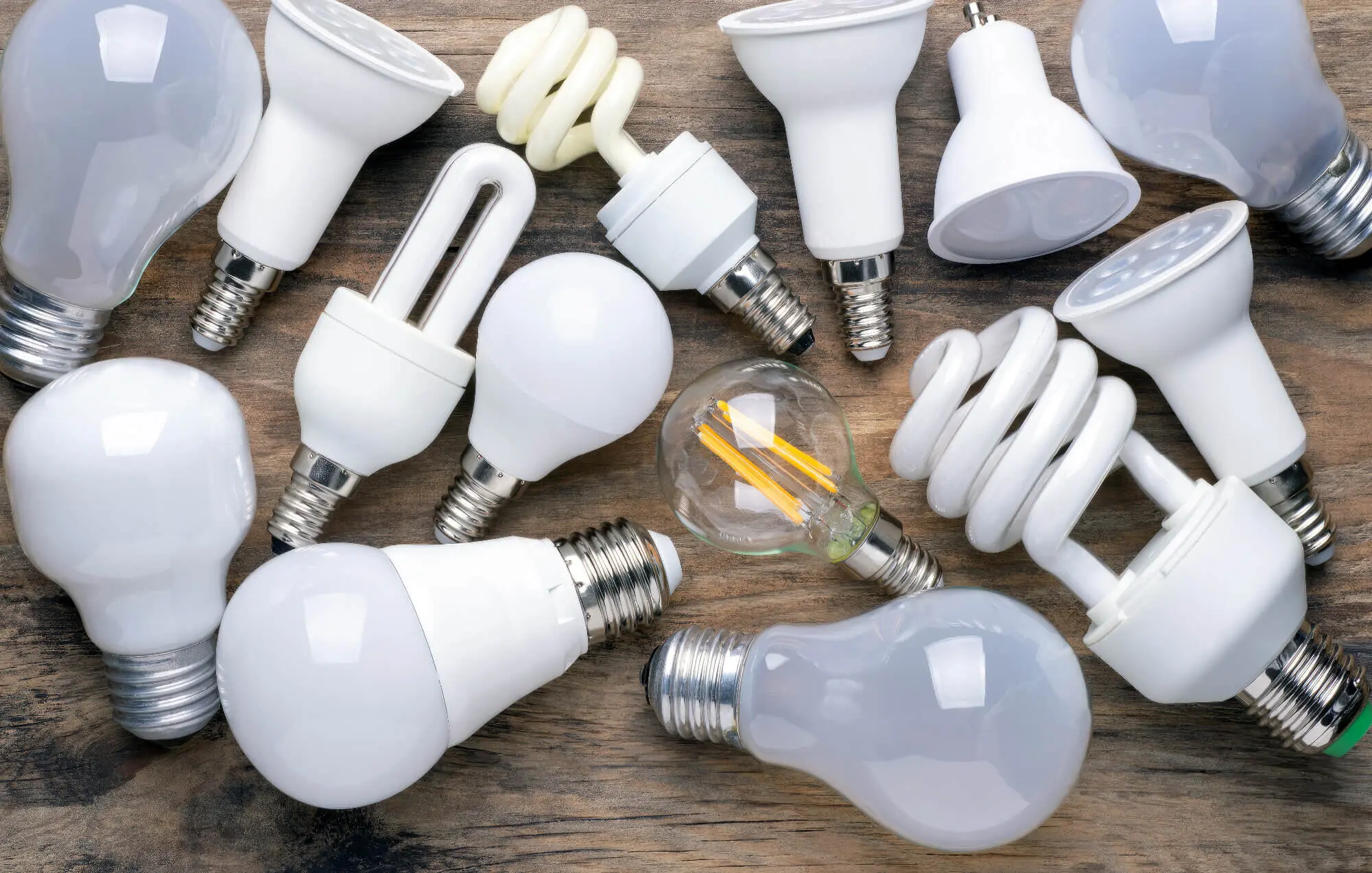
7. CRI (Colour Rendering Index)
A higher CRI indicates better colour accuracy. If accurate colour representation is necessary, opt for LED lights with a higher CRI value.
8. Directionality
Consider whether you need to be focused or have diffused lighting. Some LED lights emit light in a specific direction, making them ideal for task lighting, while others provide more omnidirectional illumination.
9. Environmental Considerations
LED lights are environmentally friendly due to their low energy consumption and reduced heat emission. Ensure the LED lights you choose to align with your sustainability goals.
10. Design and Aesthetics
LED lights offer various designs and styles to match your interior decor. From sleek and modern to classic and vintage designs, there’s an LED option for every aesthetic preference.
11. Warranty and Support
Look for LED lights from reputable manufacturers that offer warranties and customer support. This ensures peace of mind and assistance in case of any issues.
LED Light Lifespan and Maintenance
LED lights, driven by advanced diode technology, boast a long lifespan and need much less maintenance than traditional options. Grasping their longevity and straightforward upkeep can really boost the benefits you get from this modern lighting solution.
LED lights are renowned for their impressive lifespan, surpassing incandescent and fluorescent bulbs. While a traditional incandescent bulb may last around 1,000 hours on average, LED lights can shine brightly for tens of thousands of hours. This means fewer replacements and reduced hassle over time. The long lifespan of LED lights translates to significantly reduced maintenance efforts and costs. With fewer replacements required, you can enjoy consistent illumination without the frequent need to climb ladders or change bulbs. This advantage is precious in commercial settings with numerous fixtures or hard-to-reach locations.
LED lights are designed to withstand various environmental conditions and shocks. Their solid-state construction makes them more robust than fragile incandescent filaments or delicate fluorescent tubes. This durability ensures reliable performance over an extended period, minimising disruptions.
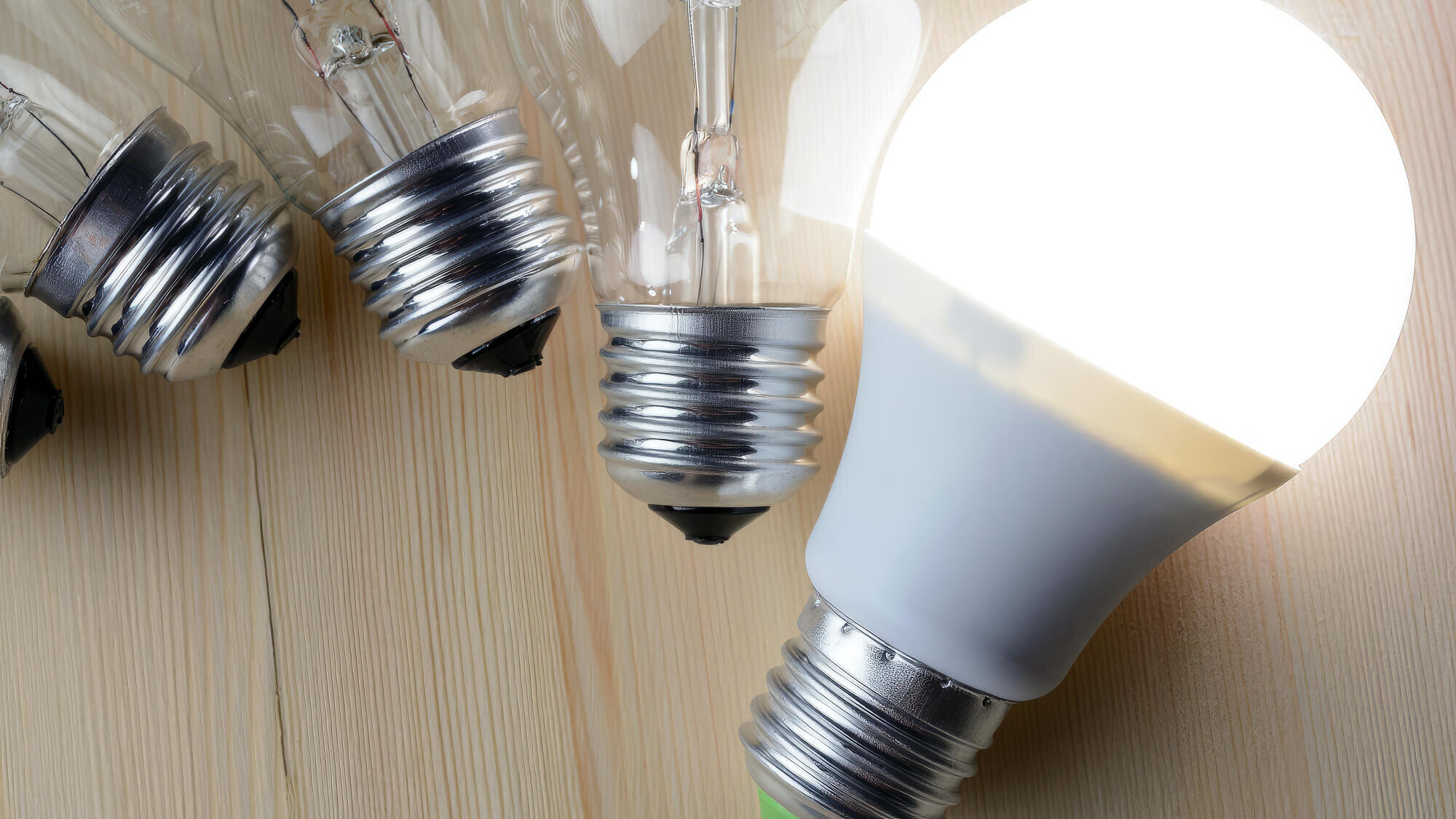
Pros and Cons of LED Lighting for Home Use
As you consider lighting options for your home, LED lighting (light emitting diode) presents a range of advantages and a few considerations. Understanding the pros and cons of LED lights can help you make an informed decision that aligns with your needs and preferences.
Pros:
- Energy Efficiency: LED lights are highly energy-efficient, consuming significantly less electricity than traditional incandescent bulbs.
- Longevity: LED lights have an impressive lifespan, lasting tens of thousands of hours.
- Instant Lighting: LED lights provide immediate illumination upon switching on, without any warm-up period.
- Durability: LED lights are solid-state lighting sources, making them more durable and resistant to shocks, vibrations, and impacts. They are also less prone to breakage than fragile incandescent bulbs.
- Design Flexibility: LED lights come in various shapes, sizes, and colour temperatures.
- Colour Rendering: LED lights offer excellent colour rendering, showcasing colours more accurately and vividly than traditional incandescent bulbs.
- Cool Operation: LED lights emit very little heat, making them safe to touch and reducing the risk of overheating in confined spaces.
- Dimmability: Many LED lights are dimmable, giving you control over light intensity and energy usage.
- Environmentally Friendly: LED lights are environmentally friendly due to their lower energy consumption and reduced heat emission.
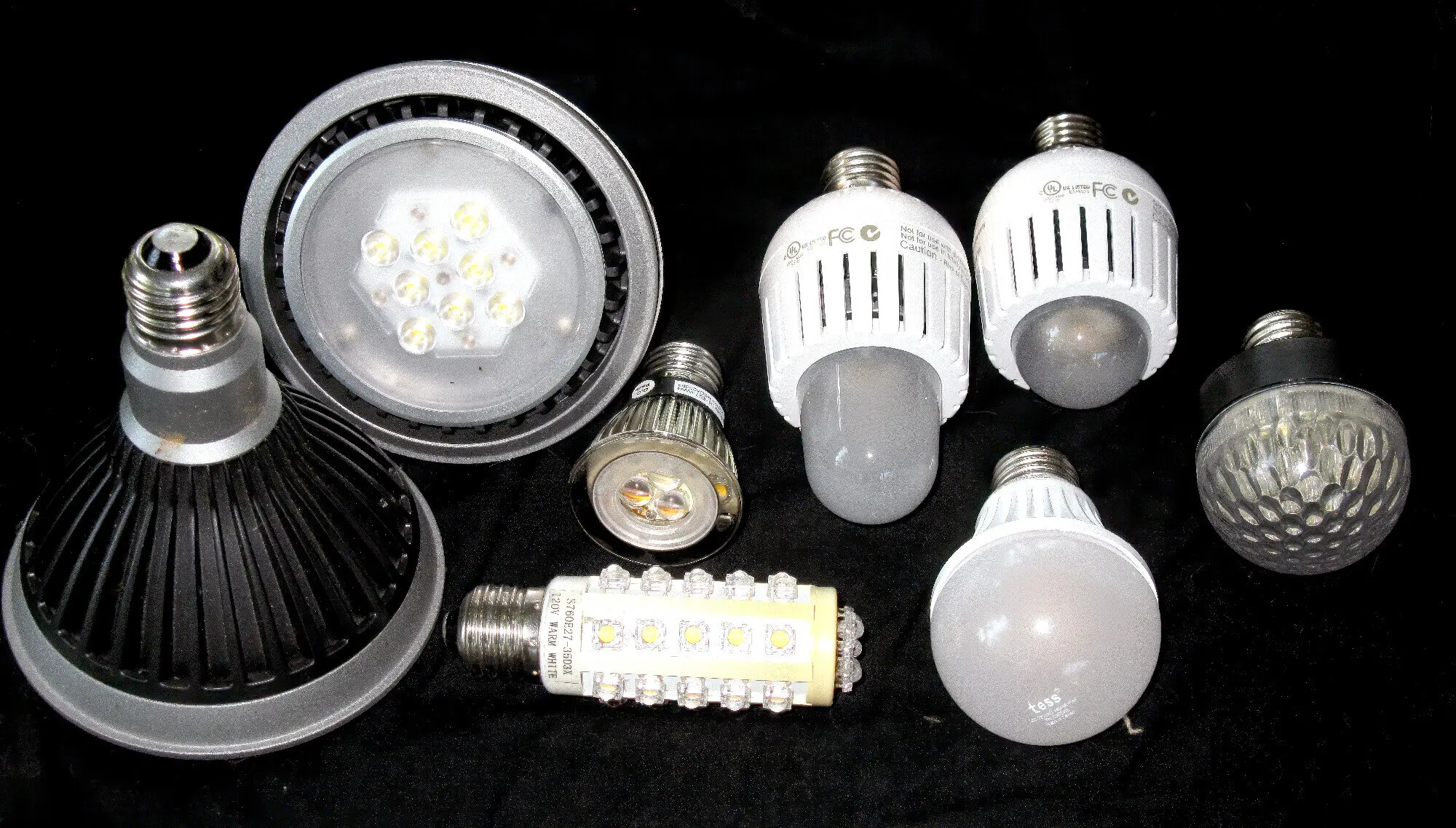
Cons:
- Initial Cost: LED lights often cost more upfront than traditional incandescent bulbs or CFLs.
- Colour Consistency: Some LED bulbs may exhibit slight colour variations between different bulbs or, over time, affect uniformity in lighting design.
- Compatibility: Not all LED lights are compatible with dimmer switches, so you must ensure that your chosen LED bulbs work with your existing dimming system.
- Blue Light Concerns: LED lights can emit blue light, which may impact sleep patterns if used excessively, especially in the evening.
- Heat Dissipation: Although LED lights emit less heat, improper heat dissipation can affect their performance and lifespan.
- Directional Emission: Some LED lights emit light in a specific direction, which might require adjustments to achieve the desired lighting distribution.
Enlightened Decision: Connecting with Enersol Electrical
In conclusion, the advantages of LED lighting are indisputable and far-reaching, making them a smart choice for residential and commercial spaces. LED lights offer unparalleled energy efficiency, longevity, and a positive environmental impact. The cost savings over time, reduced maintenance, and enhanced lighting quality further solidify their position as a superior lighting solution.
If you’re ready to switch to LED lighting and experience these benefits firsthand, look no further than Enersol Electrical. As a trusted provider of top-quality electrical solutions, Enersol Electrical specialises in guiding you towards an efficient, eco-friendly, cost-effective lighting transformation. Don’t hesitate to contact Enersol Electrical today to illuminate your world intelligently. Contact us today and take the first step towards a brighter and greener future.